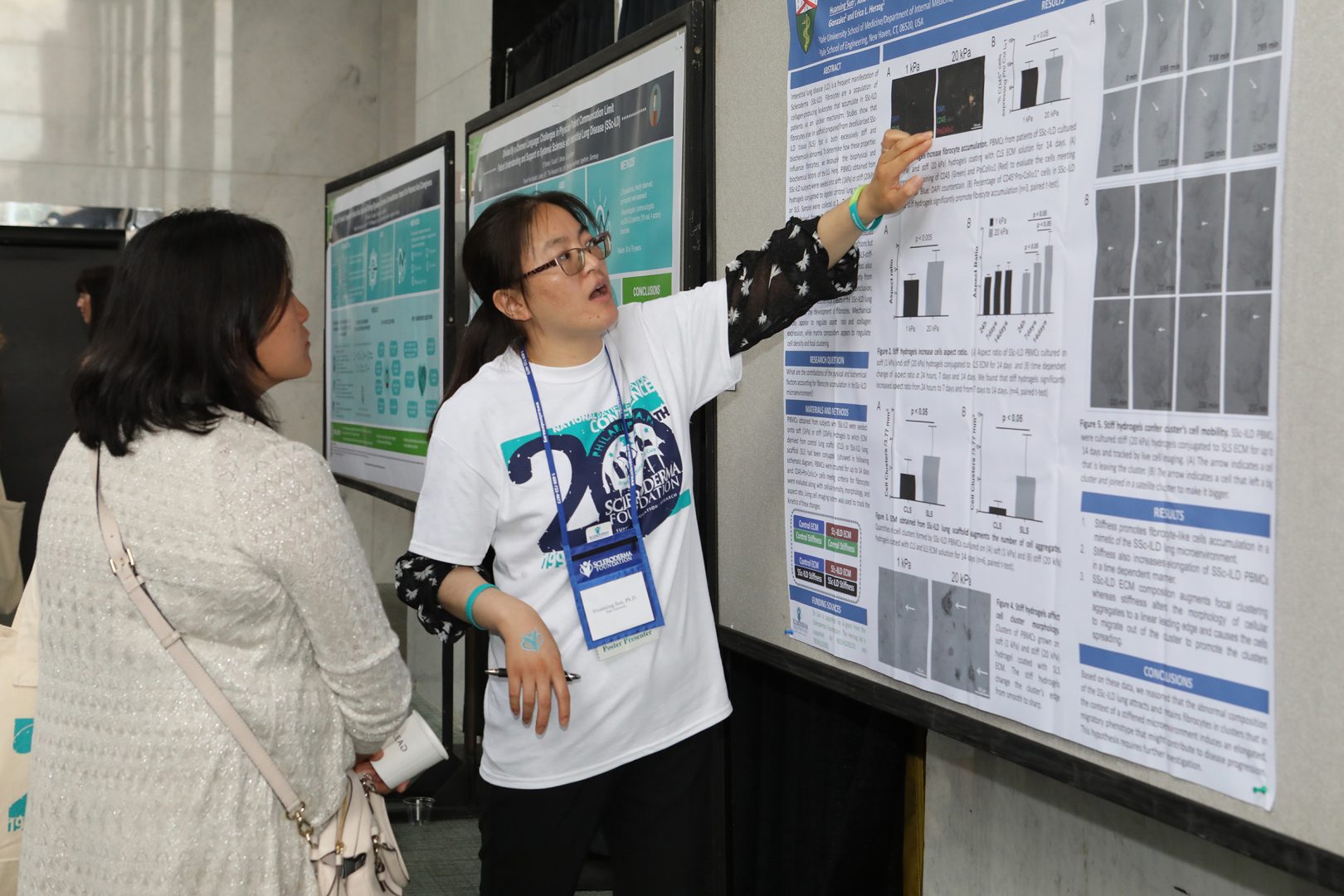Newly Diagnosed
A new diagnosis of scleroderma doesn’t have to be overwhelming, even though the disease is complex. The symptoms of scleroderma vary greatly for each person, and the disease’s effects can range from mild to severe. The severity depends on which parts of the body and to what extent in which they are affected. A mild case can become serious if not properly treated. Quick and proper diagnosis and treatment by qualified physicians may help minimize the symptoms of scleroderma and decrease the chance of irreversible damage.
Scleroderma is not contagious, an infection, a cancer or malignant. There are an estimated 300,000 people in the United States who have scleroderma. About one-third of those people have the systemic form of the disease. Since the symptoms of scleroderma are similar to those of other autoimmune diseases, diagnosis is difficult. There also may be many misdiagnosed or undiagnosed cases
How is scleroderma diagnosed?
Diagnosis of morphea is usually made by a skin biopsy of one of the skin patches. Blood tests for SSc are usually negative. Diagnosis of systemic sclerosis (SSc) may be very difficult, particularly in its early stages. Many of its symptoms are common to, and may overlap with, those of other diseases, especially other autoimmune connective tissue diseases such as rheumatoid arthritis and lupus. Different symptoms may develop in stages over an extended period of time, and few people with SSc experience exactly the same set of symptoms and effects. While SSc can often be suspected from its more visible symptoms, no single test can prove its presence. Doctors with extensive experience in the treatment of scleroderma usually make a diagnosis by a combination of the following: a patient’s medical history, including past and present symptoms; a thorough physical examination; and findings from a variety of laboratory tests and other studies. The American College of Rheumatology along with its European counterpart (European League of Associations for Rheumatology, EULAR) recently revised the classification criteria for SSc to help doctors make more accurate and early diagnosis. In managing SSc, it is important not only to confirm the diagnosis, but also to determine its extent and severity, particularly with regard to the involvement of internal organs.
Diffuse and limited scleroderma can sometimes be differentiated by the presence of different antibodies called anti-nuclear antibodies (ANA) in the blood. For example, anti-Scl-70 is frequently associated with diffuse skin involvement whereas anti-centromere is usually indicative of limited scleroderma.
| Test | Diffuse patients | Limited patients |
| Anti-nuclear antibody | 90 percent test positive | 90 percent test positive |
| Anti-centromere antibody | 3 percent test positive | 40 percent test positive |
| Anti-Scl-70 antibody | 30 percent test positive | 20 percent test positive |
| Anti-RNA Polymerase III antibody | 25 percent test positive | 10 percent test positive |


